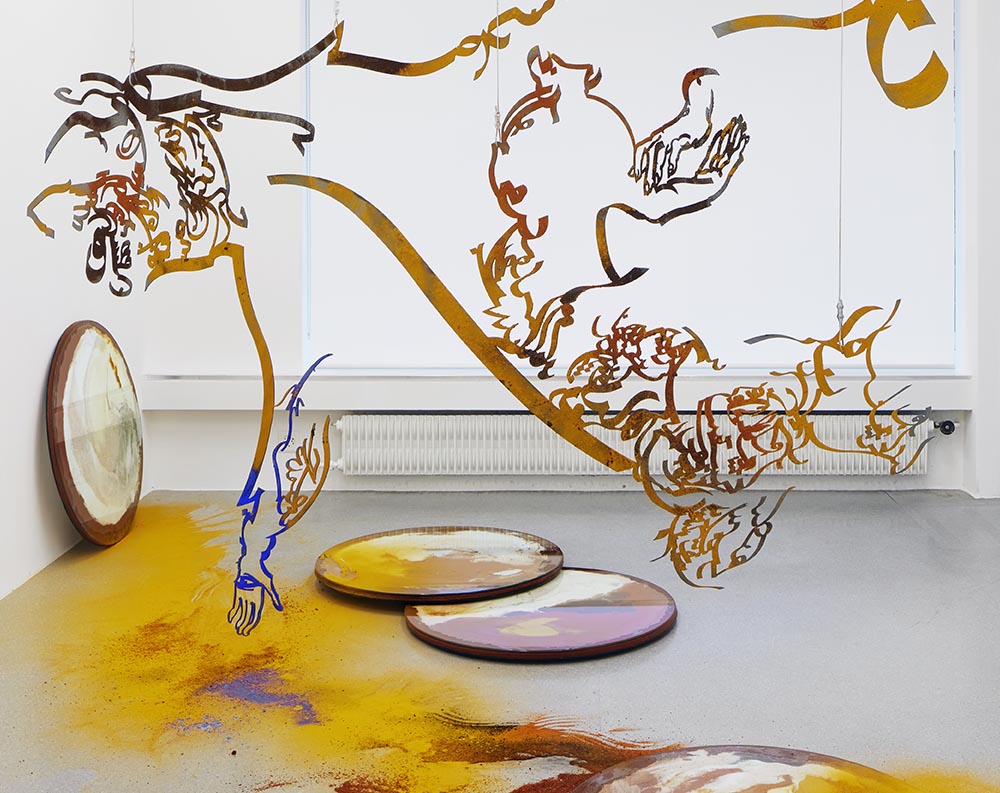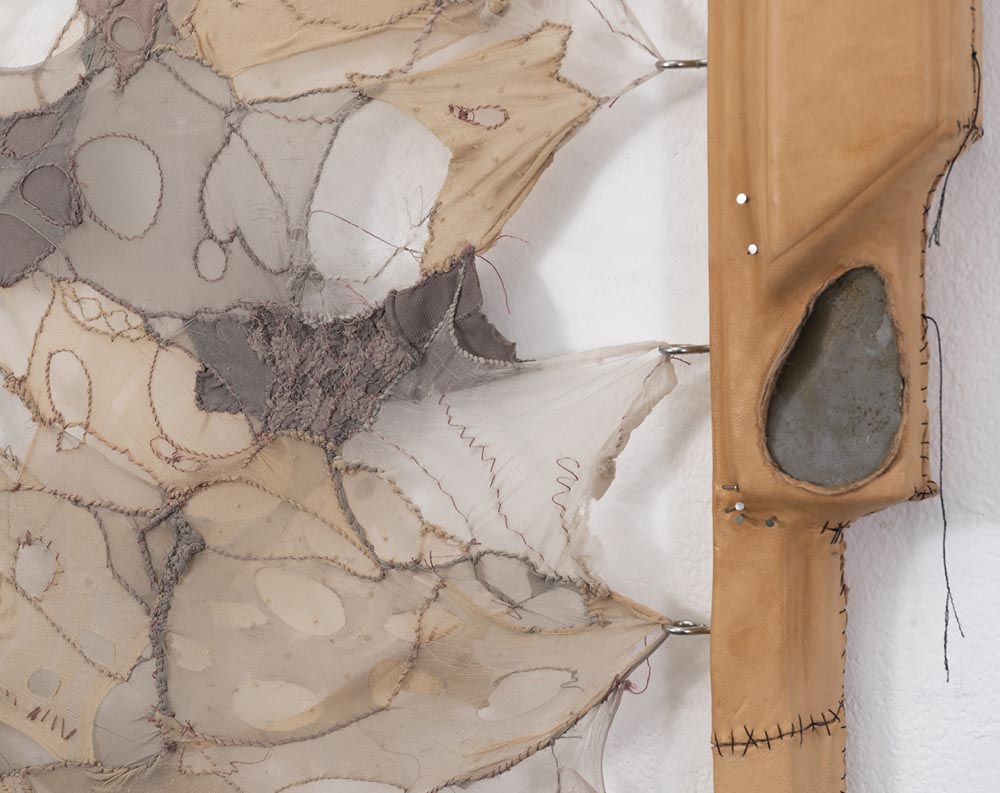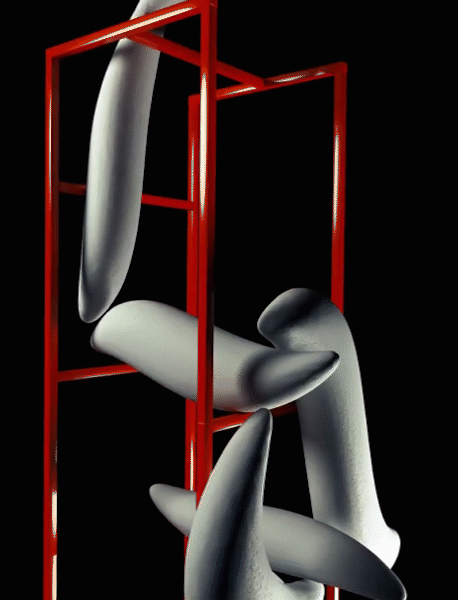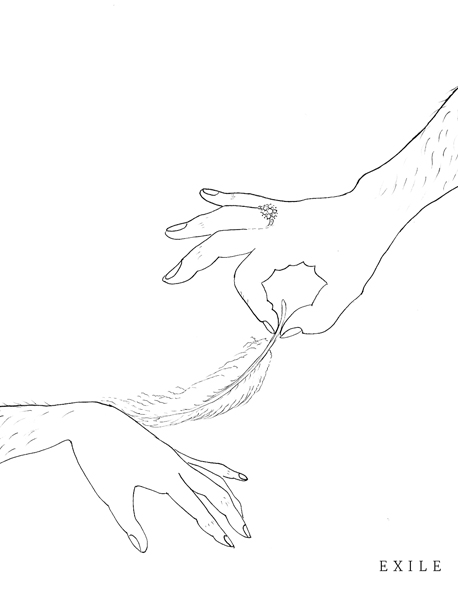OFLUXO
Uncanny Depths
Bella Hunt & Ddc, Oda Jaune, Luigi Ontani, Jacopo Pagin, Ariana Papademetropoulos, Léa Porré, Sterling Ruby, Lola Schnabel
Curated and designed by Emmanuelle Luciani
At MAMO, Centre d’art de la Cité Radieuse, Marseille.
April 30 – June 12, 2022
“Uncanny Depths” takes the form of a visual and alter historical polyphony. Since the end of the eighteenth century, successive waves of artistic and literary movements. Since the end of the eighteenth century, successive waves of artistic and literary movements have emerged that touch on the irrational and the bizarre, and that have been embodied in the avatars of decadence, fin-de-siècle aesthetics, gothic novels, and the fantasy and science-fiction genres. These movements, of extraordinary longevity since their birth, reemerge at times of disenchantment. The artists gathered here are the heirs of this nocturnal and strange side of art born in the 1760s. The exhibition is a desolate landscape, an alter-historical walk. This phantasmagorical presence stretches out under the shadow of the overturned and sunken bow of Le Corbusier’s gymnasium.
An extension of the “Anima Mundi” and “History of Fantasy” exhibitions, “Uncanny Depths” is a synthesis of these currents and their different incarnations. The works exhibited are animated by an ancient, chthonic and poisonous magic, and unfold in the wake of an underwater and twilight current that heckles time and space. They respond to each other like the constellations of a distant galaxy. The exhibition is a plunge into the blurred visions of a distant past, an uncertain future and hazy reveries, the fruit of a non-linear chronology. She projects us into alternative dimensions, where works of art are ghosts of form, anachronistic memories that populate a dreamlike landscape, where rifts to parallel universes are interposed.
This plunge into the confines of a primordial ocean, inhabited by ruins, treasures and vestiges, goes beyond the boundaries of consciousness. A dark canyon, the exhibition pays homage to the telluric and mystical energy of a grotto, a place out of time, mysterious and sensual, in the manner of the artificial caves of the Palazzo del Té in Mantua or the Linderhof of Ludwig II of Bavaria.
In “Uncanny Depths” the artists become a constellation connected to an alter-time, to a vision of history that goes beyond the modern prism, like Henri Focillon’s “Life of Forms”. In this way, they embody the legacy of nineteenth-century symbolism and decadentism, the fantastic genre and the American novel gothic, following in the footsteps of Horace Walpole, William Blake, Caspar Friedrich, then Joséphin Péladan, Odilon Redon, Gustave Moreau, and finally Howard Phillips Lovecraft and Philip K. Dick.
In all the works, we find the attraction for mystery and the questioning of the anthropocentric ideals of humanism and Enlightenment. The common features of symbolism are also to be found in the attraction to dreams and the absence of any naturalistic temptation. “Uncanny Depths” removes itself from the affairs of man to look beyond.
— Emmanuelle Luciani























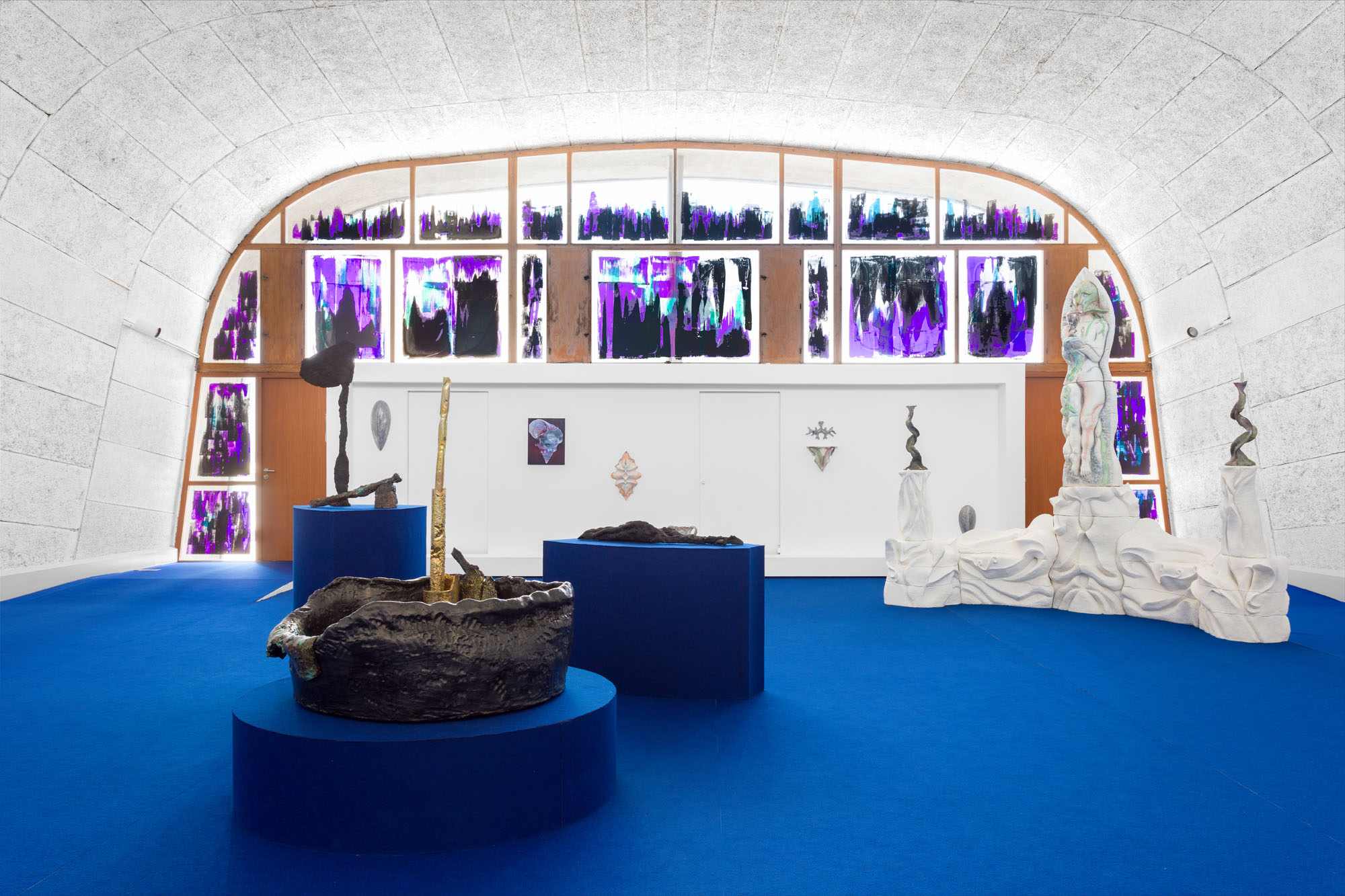










Previous Articles
OFLUXO is proudly powered by WordPress
